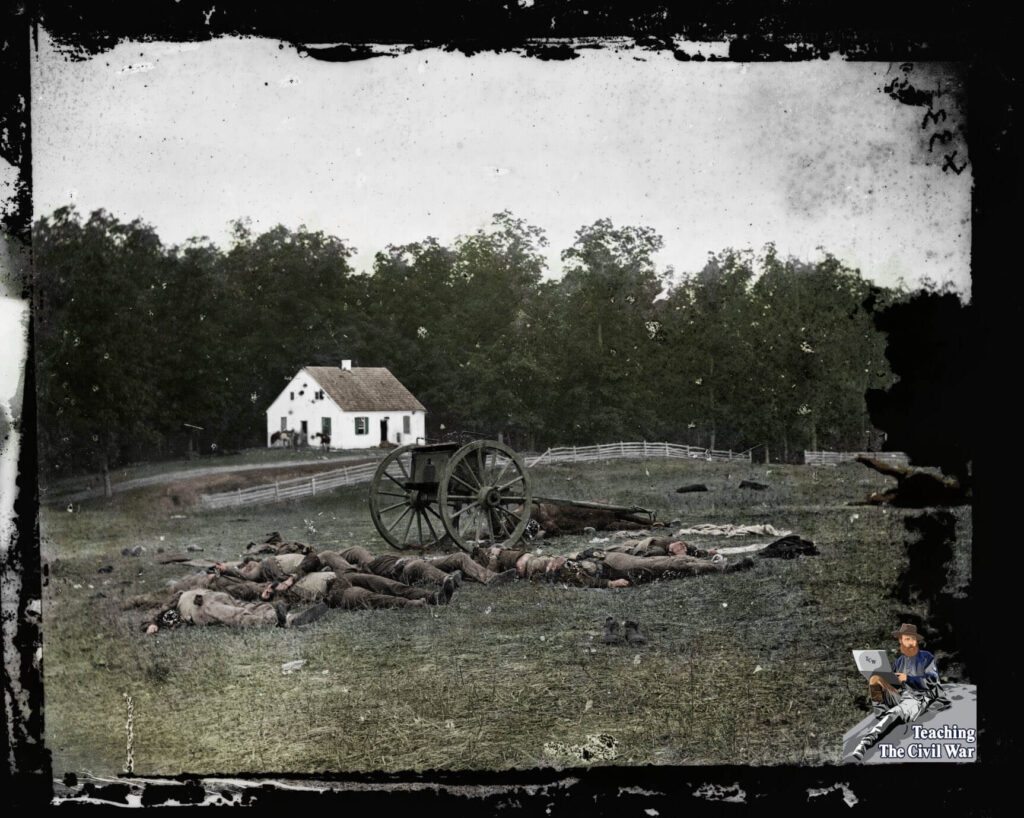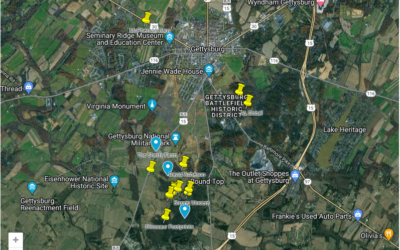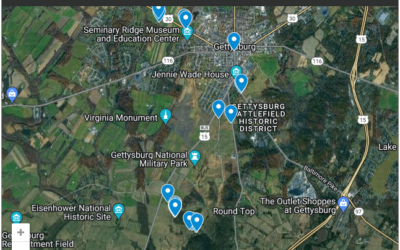Battle of Antietam Survivor Recalls the Action
The Battle of Antietam, fought on September 17, 1862, near Sharpsburg, Maryland, holds a significant place in American history as a pivotal moment during the Civil War. It marked a crucial confrontation between the Union Army, led by General George McClellan, and the Confederate Army, commanded by General Robert E. Lee. The battle’s outcome had far-reaching consequences for both sides and the entire nation. Antietam is often recognized as the bloodiest single day of the Civil War, with a staggering death toll, as mentioned earlier. The engagement’s impact extended beyond its grim statistics, as it prompted President Abraham Lincoln to issue the Emancipation Proclamation, a landmark executive order that declared slaves in Confederate-held territories to be free. The Battle of Antietam thus played a pivotal role in reshaping the Civil War’s course and the nation’s trajectory towards eventual emancipation and reunification.
Survivors of the Battle of Antietam documented its brutal nature through numerous firsthand accounts. Among these fortunate survivors was Union Private George Kimball, who fought alongside the 12th Massachusetts infantry near the Cornfield on the northern sector of the battlefield. Kimball penned a chilling narrative of his Antietam experience:
“As I prepared to return my ramrod to its socket after reloading, it was violently torn from my grip. I turned to search for it behind me, only to have the Lieutenant pass me another, gesturing towards my own ramrod, which now lay twisted and unusable atop the lifeless body of a fallen comrade. While taking aim, a bullet pierced my knapsack just beneath my left arm, and another passed through my haversack suspended on my left hip. Yet another severed both strings of my canteen, rendering this essential item as part of the growing debris strewn across the battleground.”
Despite his overwhelming fear, Private Kimball couldn’t help but find a moment of dark humor in his predicament. He turned to a fellow soldier in the ranks and wryly commented on how he might soon be divested of all his gear by the rebel bullets. However, his fleeting amusement quickly gave way to the harsh reality of his situation. Kimball went on:
“Only a few steps away, a fellow soldier was struck squarely in the face by a solid cannon shot. Fragments of the unfortunate man’s head were propelled into my face, filling me with revulsion. I couldn’t help but grumble about it, as if it were something that might have been avoided.”
This “unfortunate man” was just one of the many casualties that day, numbering at least 3,650 killed in action at Antietam, making it the deadliest day of the Civil War and the bloodiest single day in American history.





0 Comments